Explore our library, where insights, press articles, and events are organized by tags, making it easy to find relevant topics.
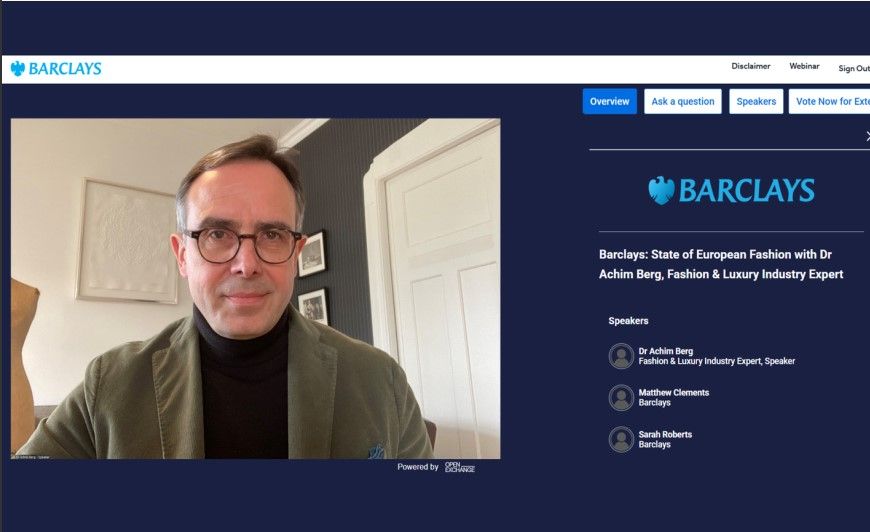
event February 2025 Barclays Fireside Chat
In a conference call with Matt Clements and Sarah Roberts from Barclays Equity Research, Achim Berg discusses the state of the European fashion industry, exploring key challenges and future opportunities.
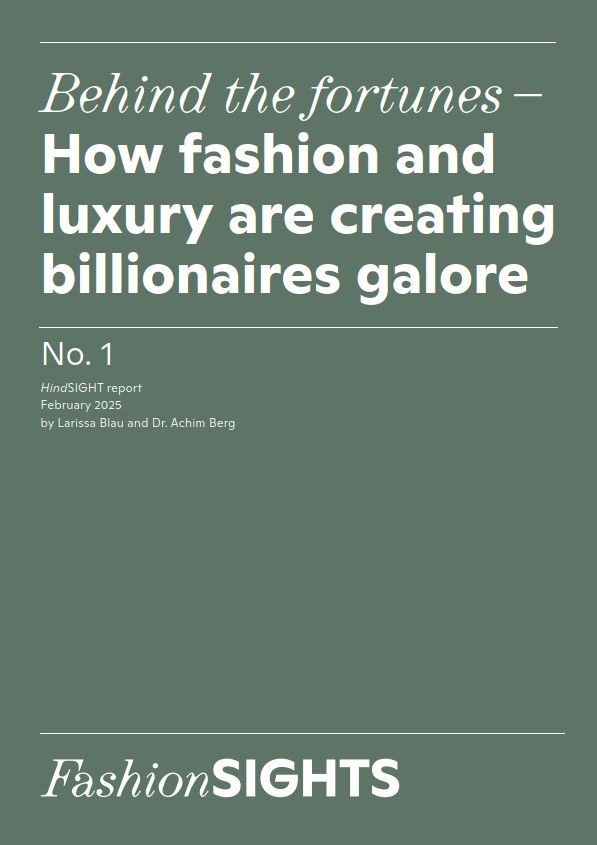
white paper February 2025 HindSIGHT report No 1
Over the past 25 years, the fashion and luxury industry has created significant value, reflected in the massive personal wealth amassed by its super-winners. Using Forbes data as a proxy, the industry now ranks as the third-largest wealth creator, behind technology and finance. Yet, much like the rapidly evolving fashion landscape, the list of billionaires and their net worth is also undergoing a dynamic redistribution. Examining the patterns of wealth creation within the fashion and luxury industry offers inSIGHTS not only into this industry’s evolution over time and its current state, but also into where it may be headed next.
(Released on February 28, 2025)
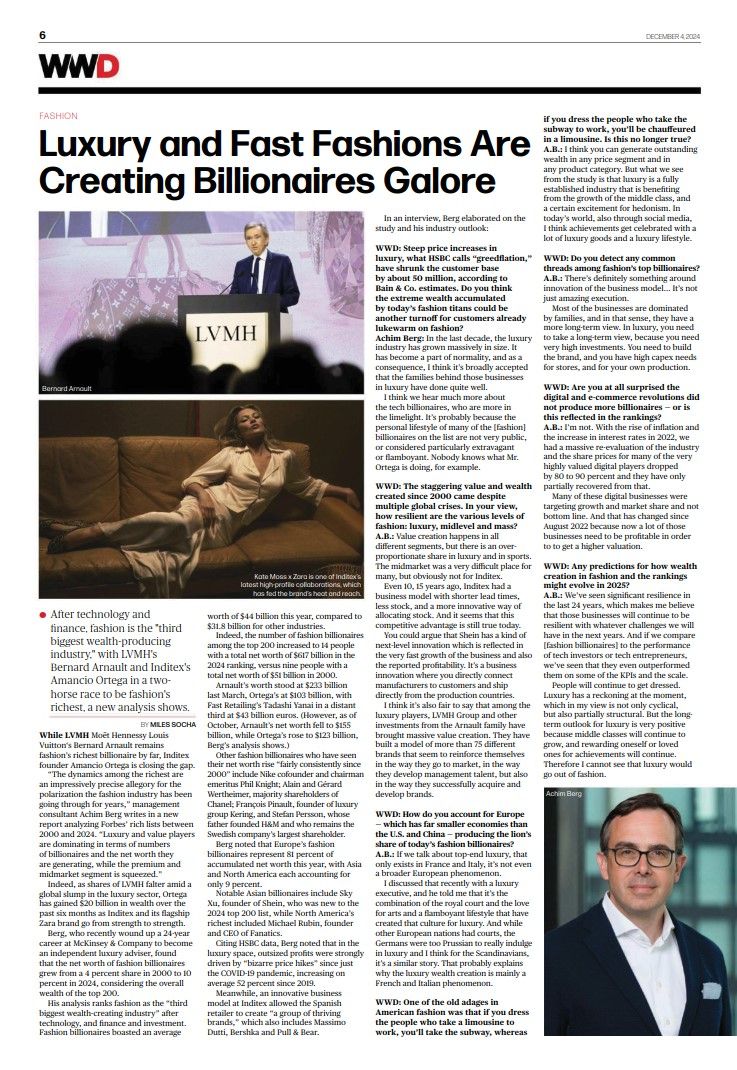
press December 2024 Luxury and Fast Fashions Are Creating Billionaires Galore
WWD by Miles SochaAchim talks to WWD about our research on the fashion and luxury industry’s wealth creation.
Fashion and luxury billionaires, led by LVMH’s Bernard Arnault and Inditex’s Amancio Ortega, have solidified their wealth despite global crises and a pandemic, with fashion and luxury ranking as the third-largest wealth-creatingindustry after technology and finance. The analysis highlights the polarizationin the industry, where luxury and value players dominate, while the mid-market struggles. It also showcases a dominance of European-based billionaires that account for 81% of the sector’s net worth. Looking forward, business model innovations, such as Inditex’s agility and Shein’s direct-to-consumer approach,coupled with the growing middle-class worldwide, suggest a resilient and prosperous future for fashion and luxury.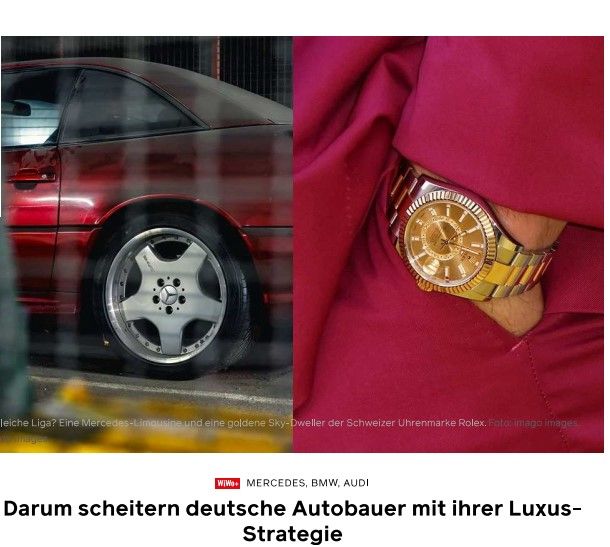
press November 2024 Why German car manufacturers are failing with their luxury s...
WirtschaftsWoche by Nele Antonia HöflerAchim lends his expertise on luxury strategy to examine the German auto industry's challenges.
In their ambition to establish themselves as luxury brands, German carmakers such as Mercedes, BMW and Audi are encountering obstacles. Despite efforts to appeal to high-end consumers, they are struggling to differentiate from the mass market and establish a true sense of exclusivity.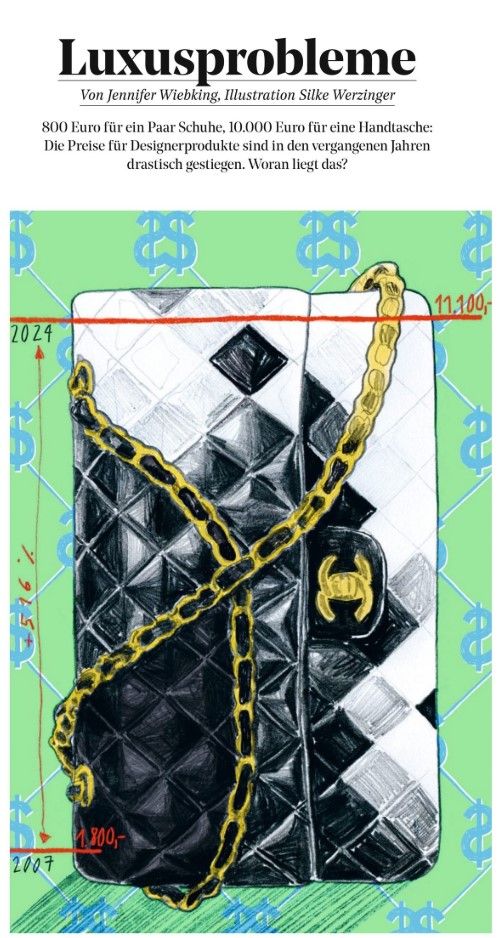
press September 2024 LuxuryProblems
FAZ Magazin by Jennifer WiebkingAchim talks with Jennifer Wiebking from the FAZ about the luxury goods boom, the COVID effect, and why the industry is now suffering a post pandemic hangover.
Luxury fashion prices have risen dramatically, with Chanel's iconic 11.12 bag increasing by 470% since 2007, reflecting broader hyperinflation across the industry. As a result of the massive price increases, more accessible luxury brands such as Longchamp and new entrants such as Polène are gaining popularity, offering high quality products at relatively lower prices amidst rising consumer price sensitivity.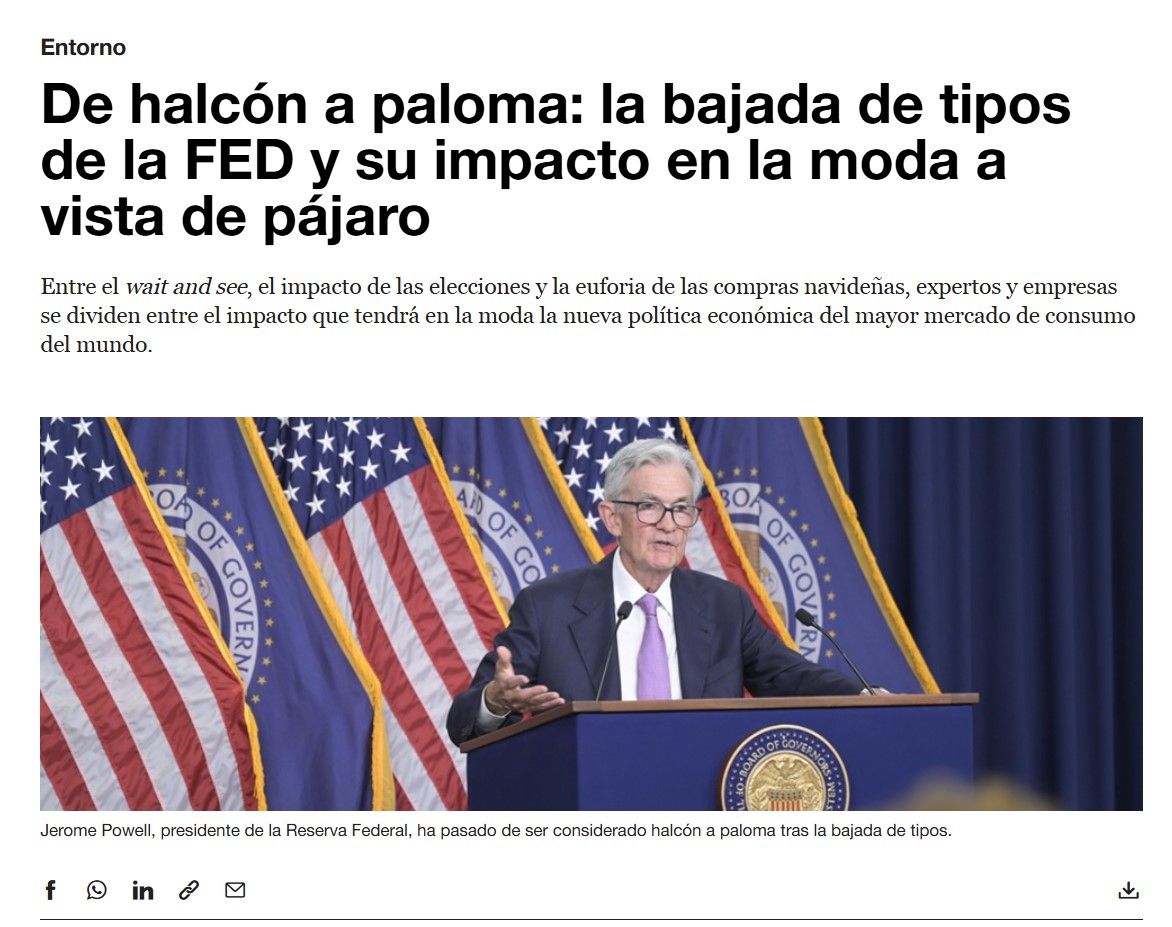
press September 2024 From hawk to dove: the Fed's rate cut and its impact on fash...
Modaes.com by Pilar RiañoIn a discussion with Modaes journalists, Achim shares his perspective on the impact of interest rates on the fashion industry.
The FED’s recent interest rate cut, the first in over four years, has sparked mixed reactions in the fashion industry. Some experts believe it could stimulate consumer spending, especially during the holiday season, while others think its effects may take time to materialize, and the upcoming U.S. elections could heavily influence its impact. The rate cut is expected to weaken the dollar, potentially reducing costs for European fashion companies sourcing materials from abroad but making exports to the U.S. more expensive.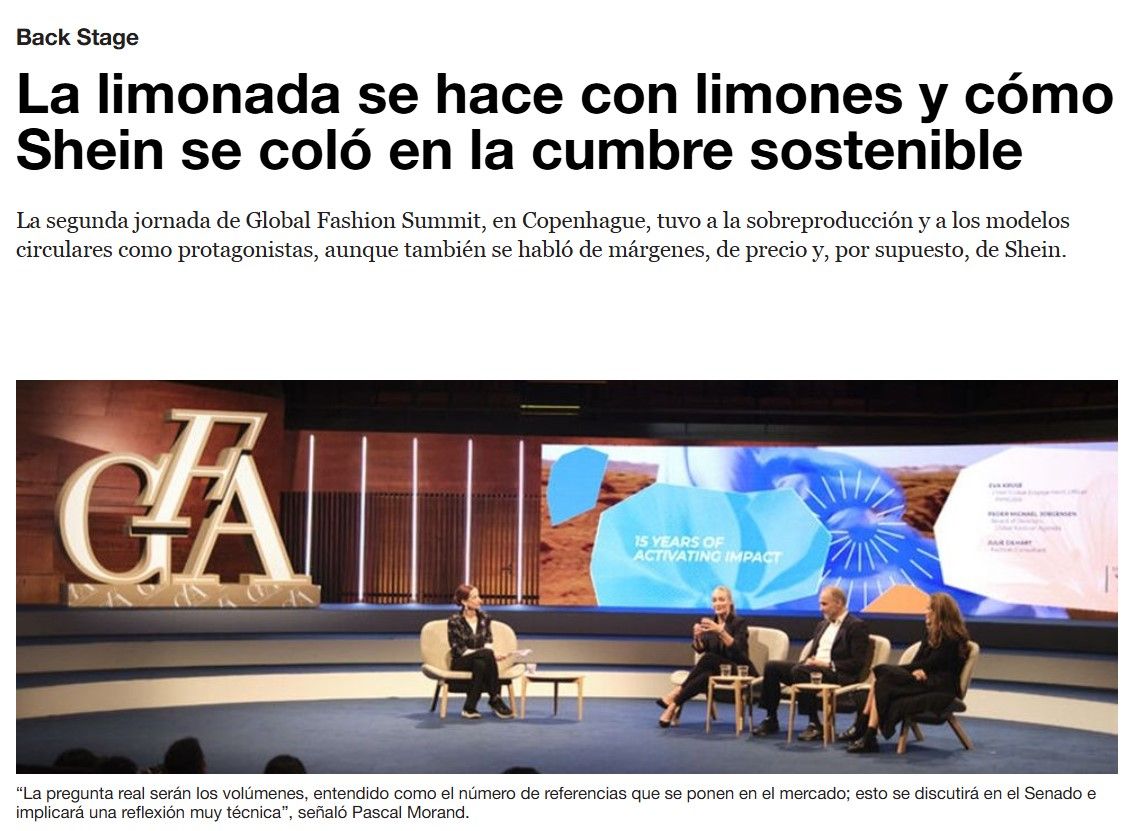
press May 2024 Lemonade is made with lemons and how Shein snuck into the Su...
Modeas.com by Pilar RiañoAchim speaks about circular business models, emphasizing the need to make these models more profitable in order to achieve sustainable growth.
The second day of the Global Fashion Summit in Copenhagen focused on sustainability, circular business models, and overproduction, with critiques of the fashion industry's current practices, including Shein's business model. Speakers emphasized the need for transformative change in the industry, highlighting circularity, creativity, and new regulations, while acknowledging challenges like reduced margins and increased complexity. The French government’s anti-Shein law, aimed at fast fashion regulation, and the call for companies to adapt to new market trends, were key topics discussed.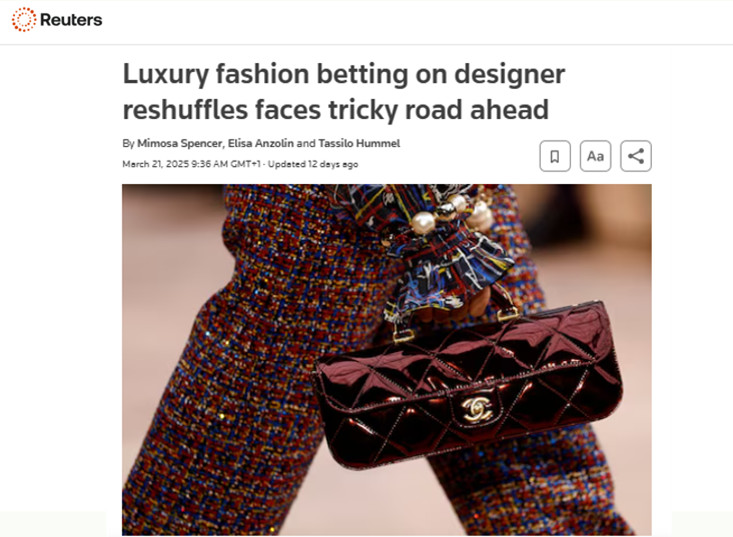
press March 2025 Luxury fashion betting on designer reshuffles faces tricky r...
Reuters by Mimosa Spencer, Elisa Anzolin & Tassilo HummelAchim shares his opinion on fashion’s current high musical chairs and their broader impact on the industry.
Luxury fashion houses are undergoing unprecedented designer reshuffles to boost brand appeal amid slowing sales and shopper fatigue. Achim notes that while brands often expect quick results from these creative leadership changes, the internal impact across departments - especially merchandising and marketing - takes time to become visible to consumers. He emphasizes that the ongoing wave of creative leadership changes signals a broader inflection point for the luxury industry. While proactive change is essential during periods of stagnation, brands must weigh short- and long-term consequences, which often exceed initial expectations in today’s volatile market.
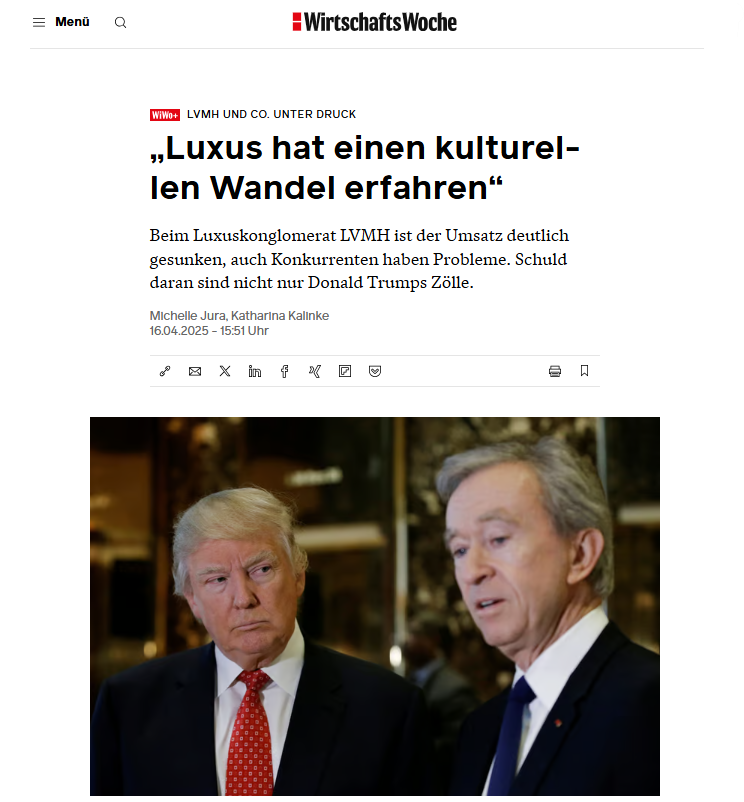
press April 2025 Luxury has experienced a cultural change
WirtschaftsWoche by Michelle Jura & Katharina KalinkeAchim comments on the democratization of luxury and the industry’s structural problems.
Following LVMH's weak quarterly results and falling share price, the downturn goes far beyond Trump's looming tariffs. They are just the latest piece in a much larger, already crumbling puzzle. Economic uncertainty continues to weigh on consumer confidence, but attributing the decline solely to external factors oversimplifies the luxury sector's deeper structural problems. Achim points out that internal missteps have also played a significant role. Years of aggressive price increases and efforts to make luxury more accessible to a broader audience have eroded the exclusivity that once defined luxury brands. He describes this as the democratization of luxury, a reflection of a broader cultural shift with a new understanding of luxury that is more experiential and value-driven than materialistic.
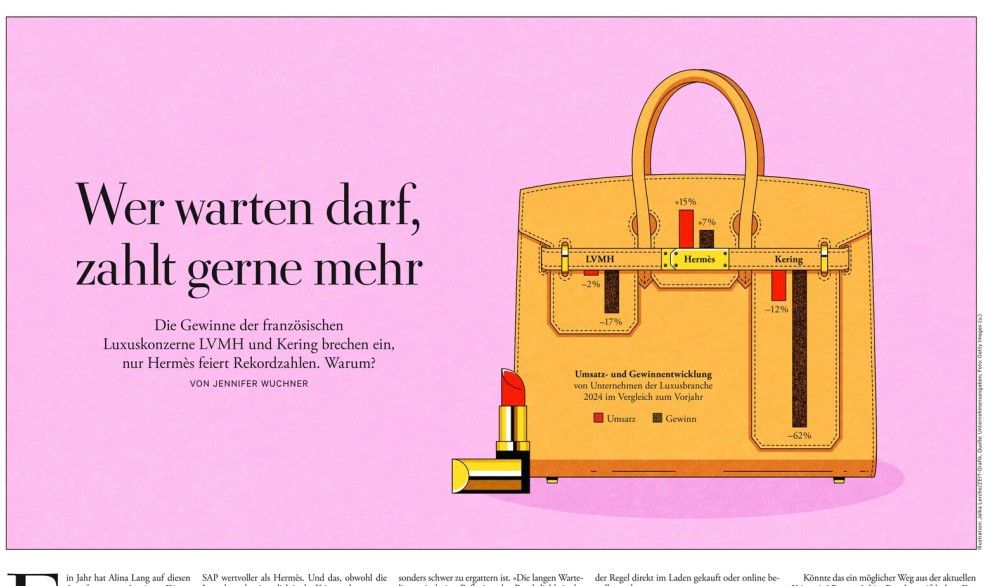
press May 2025 Those who choose to wait gladly pay more
Die Zeit by Jennifer WuchnerAchim reflects on why Hermès continues to thrive amid a broader luxury downturn.
While most luxury brands are reporting sharp revenue declines, Hermès remains one of the few brands still growing, thanks to a model based on exclusivity and controlled scarcity. With highly limited production and years-long waiting lists, the brand's desirability continues to grow. Unlike other luxury houses that have begun to expand their product lines to reach a broader audience and raised prices too aggressively, Achim notes that this strategy of artificial scarcity is what sets Hermès apart. In his view, chasing volume through entry-level segments won't solve the crisis, as the real money is still made in handbags, where margins are highest.
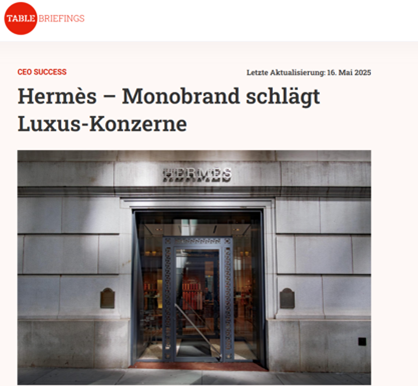
press May 2025 Hermès – The monobrand that beats big luxury conglomerates ...
CEO.Table Table Briefings by Kristian Kudela & Deniz Karaaslan,Achim explains Hermès’s continued success in a volatile market environment.
Hermès recently surpassed LVMH in terms of market capitalization, temporarily becoming the world's most valuable fashion company. This prompted many to take a closer look at its business model. Achim points out that Hermès has never reinvented itself - consistently building on quiet luxury desirability and strict distribution control. Many of its products have long waitlists, which further fuels this. Achim notes that this scarcity elevates brand perception and sustains product value over time. Consequently, Hermès bags often exceed their original retail price on the resale market, solidifying their status as timeless luxury investments.
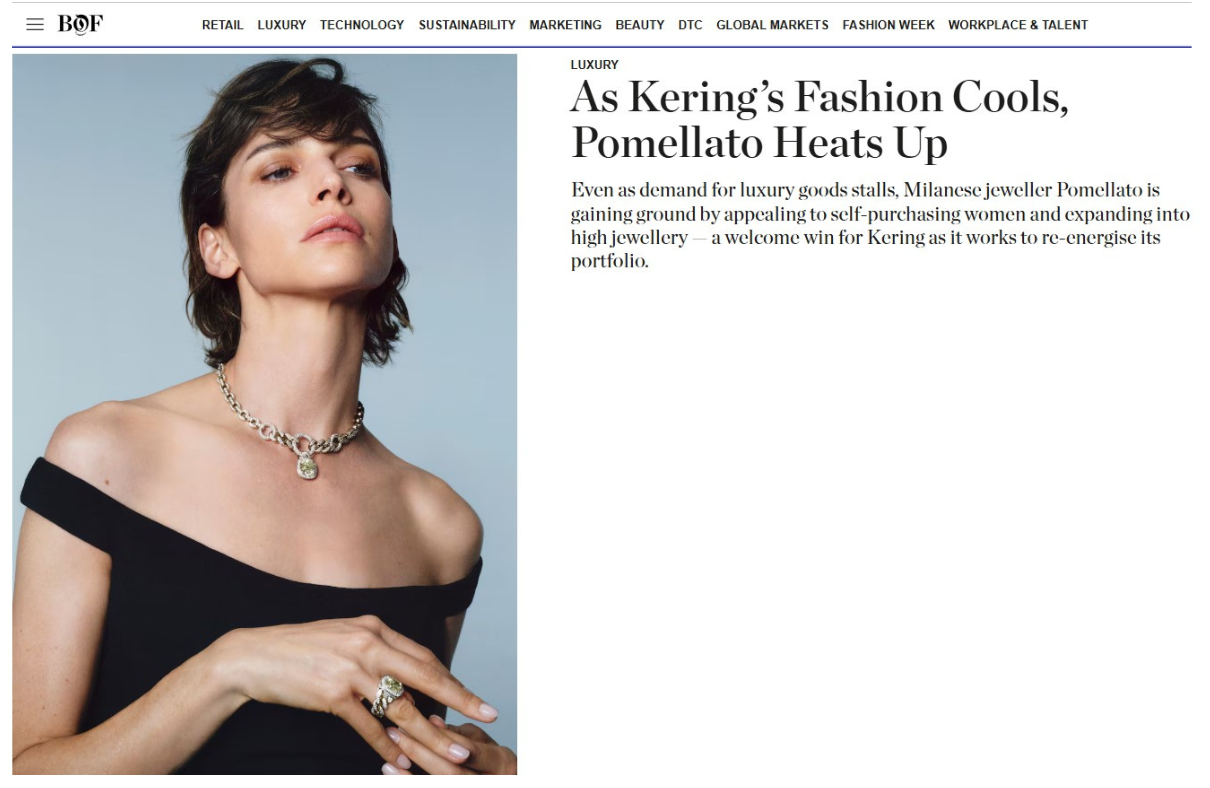
press June 2025 As Kering’s Fashion Cools, Pomellato Heats Up
BoF by Ming LiuAchim discusses how high-end jewellery is outperforming other luxury categories in times of economic uncertainty.
The Pomellato brand stands out as a positive performance outlier within parent company Kering, offering a blueprint for a shifting luxury landscape and overall industry phenomenon. While the demand for many luxury goods has softened, Achim notes that jewellery is gaining appeal due to its timeless nature and intrinsic value. Compared to other luxury items, it is viewed as a more solid, investment-worthy purchase. Achim also highlights that demand remains robust among high-net worth individuals, who are less affected by economic or geopolitical concerns. For brands, this makes high-end jewellery a strategic category to connect with a more resilient target segment.
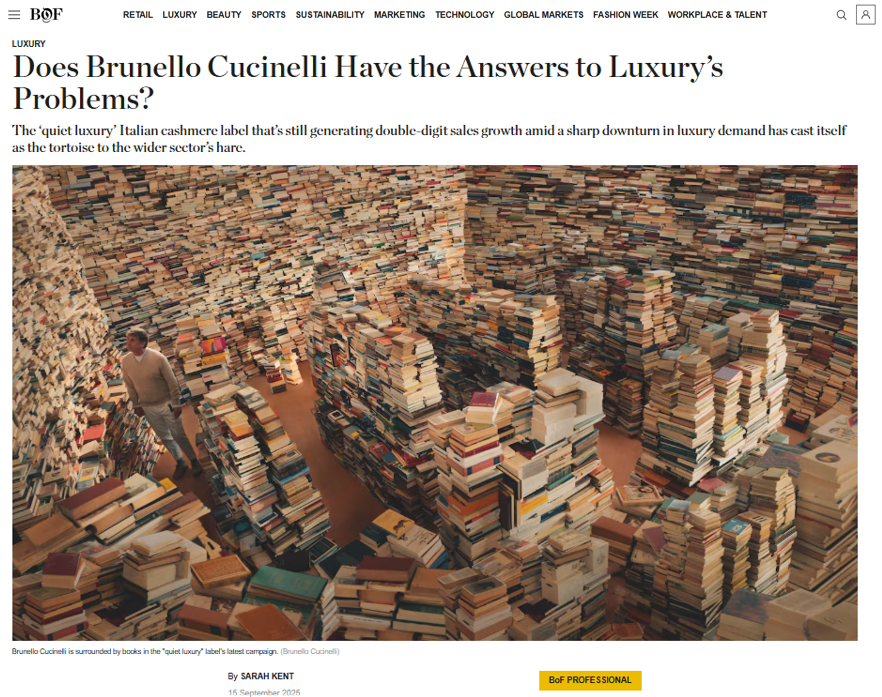
press September 2025 Does Brunello Cucinelli Have the Answers to Luxury’s Problem...
BoF by Sarah KentAchim comments on how Brunello Cucinelli demonstrates resilience in a slowing luxury market.
Brunello Cucinelli is among the few luxury houses projecting double-digit growth in 2025, clearly outperforming both fellow high-end brands and the broader industry. Beyond consistently prioritizing sustainable growth over short-term profitability and targeting a narrow segment largely unaffected by the current economic downturn, Achim emphasizes that embodying restraint and enduring quality has become one of the brand’s key differentiators and success drivers.